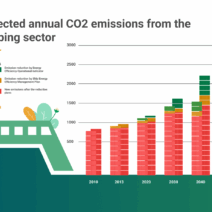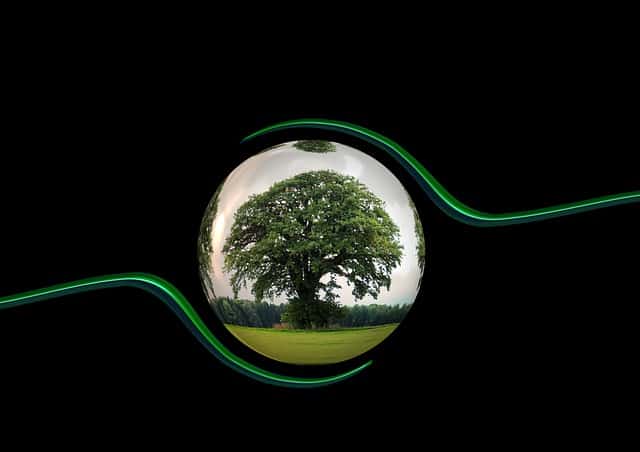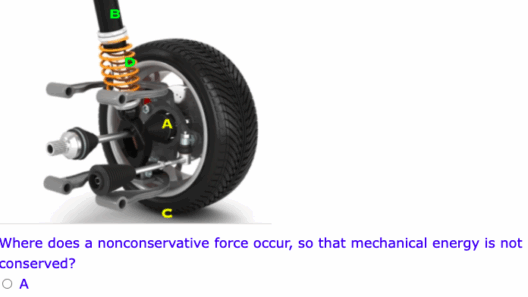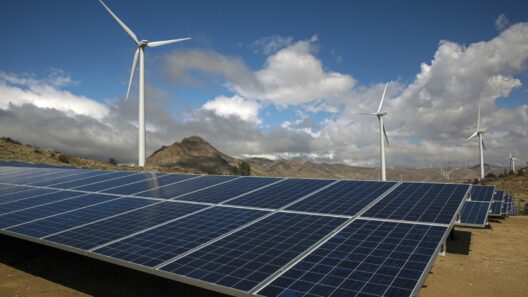In a world where the relentless march of progress often tramples the delicate fabric of nature, the call for conserving natural resources and energy resonates like a clarion, urging society toward a more sustainable future. Picture our planet as a grand tapestry, woven not merely from threads of fiber but from the fundamental elements of life—water, air, soil, and energy. Each strand relies on the others for integrity; when one is frayed, the entire masterpiece suffers. To ensure the continued flourishing of this intricate mosaic, a collective effort to conserve resources is imperative.
Foremost among the myriad strategies for conserving natural resources is the sacred duty to embrace energy efficiency. Energy, the lifeblood of modern civilization, is often squandered in astonishing quantities. Transitioning to energy-efficient appliances is akin to nourishing a garden with the right fertilizer; it optimizes every drop of potential. Replacing incandescents with LEDs not only illuminates our surroundings but also diminishes the demand on electrical grids. These small, yet impactful, changes can cascade across households and communities, simulating the ripple effect of a pebble dropped into a serene pond.
Furthermore, the utilization of renewable energy sources—such as solar, wind, and hydropower—is critical in this endeavor. Imagine harnessing the sun’s rays and the wind’s whispers to fuel our lives. Investing in solar panels transforms rooftops into tapestries of power generation, while wind turbines breathe life into the barren landscapes. This shift from fossil fuels, which act as pollutants deleteriously staining our air and water, to cleaner alternatives heralds a future where energy flows like a pristine river through the landscape, nurturing instead of degrading it.
Water, the elixir of life, constitutes another precious resource that requires prudent stewardship. Water conservation practices may often appear mundane, yet they are undeniably vital. Simple acts such as fixing leaks, installing low-flow fixtures, and collecting rainwater can compound into significant savings, resembling drops that collectively fill an ocean. In agricultural practices, precision irrigation and drought-resistant crops act like a symphony, harmonizing functionality with sustainability. When farmers employ such techniques, they not only conserve water but foster resilience against the vicissitudes of climate change.
Soil conservation offers another profound avenue for safeguarding our natural resources. Our soils are not merely a medium for planting; they are living ecosystems teeming with life, often overlooked in the grand narrative of environmental conservation. Practices such as crop rotation, cover cropping, and reduced tillage act as guardians of this invaluable asset. They improve soil structure, enhance biodiversity, and sequester carbon—each practice akin to stitching patches into a worn quilt, extending its lifespan and utility.
Equally vital is the judicious management of waste. The modern consumer society often engenders a throwaway culture, where convenience takes precedence over sustainability. By embracing the principles of reduce, reuse, and recycle, individuals and communities can significantly diminish the strain on natural resources. Composting organic matter transforms waste into nourishment for the earth, akin to the cycles of decay and renewal observed in nature. This cyclicality embodies the concept of sustainability, wherein resources are used responsibly and regenerated over time.
Urbanization, a hallmark of contemporary living, also presents challenges that, if confronted wisely, can lead to conservation triumphs. The integration of green spaces and urban gardening into city designs serves both aesthetic and functional purposes. Parks function as lungs for cities, capturing carbon dioxide and releasing oxygen, while community gardens cultivate food security and foster communal ties. These verdant sanctuaries are not mere luxuries but essential components of a resilient urban climate strategy.
Furthermore, education and advocacy play pivotal roles in nurturing a culture of conservation. The power to change lies not just in individual actions but in the collective consciousness of society. By imparting knowledge about the impact of resource depletion and energy waste, individuals can become catalysts for change. Workshops, outreach programs, and digital platforms can create a dialogue that resonates strongly, echoing through generations like a melodious refrain. When youth are equipped with the understanding of sustainability, they become stewards of the Earth, ready to forge paths toward a greener future.
Moreover, corporate responsibility cannot be neglected in this dialogue. Businesses hold a significant sway over resource use and energy consumption. Adopting sustainable practices—ranging from sourcing materials responsibly to employing energy-efficient processes—can inconceivably amplify conservation efforts. Organizations that embed sustainability into their core values not only enhance their reputability but contribute to a larger movement toward ecological equilibrium. The metaphorical alignment of profit with planet signifies that economic growth need not eclipse environmental health.
Ultimately, the journey toward conserving natural resources and energy is a mosaic—each piece essential, each action interconnected, culminating in a more sustainable existence. As we chart a course for a greener future, let us envision a world where resources are not merely utilized but cherished. A world where energy flows not as a depleting current but as a renewing tide, shaping landscapes and lives alike. By adopting a holistic approach, we will not just safeguard our planet for future generations but invigorate the very essence of existence itself.







